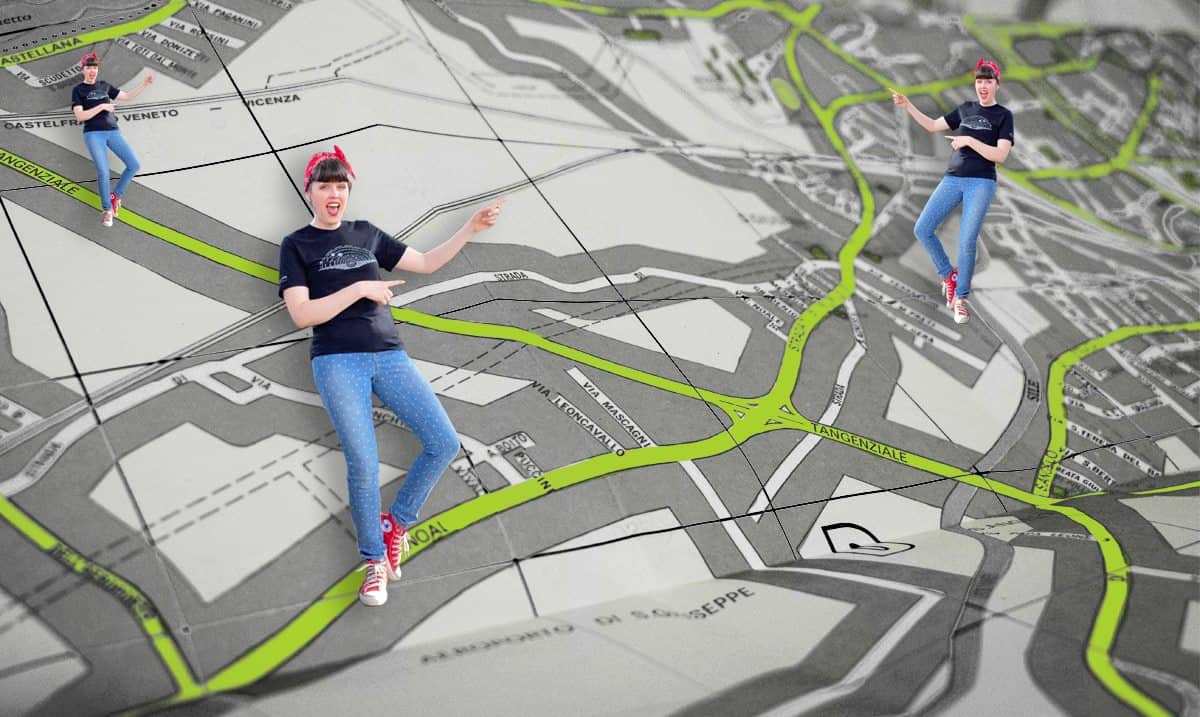Most of us spend most our time looking at the tools for marketing— looking at the parts. We spend much less time looking at the whole—that is, our overall strategy for reaching our goals. It might seem once the strategy is set, we can just look at the parts making up the strategy. But because you have all the parts doesn’t mean you have a whole. Do the parts fit? Do the parts work together? If you don’t take time for this view of the parts in the whole, your strategy can fall apart without your ever knowing what pieces were missing.
We might be taking the whole for granted because of the time we have to spend on the parts. Here are just four examples:
Technology takes a lot of time. Marketing technology can do miraculous things, but using it means being on a steep learning curve that never levels off, as algorithms change and technology adapts. Think about it – Google had over 3,000 improvements last year… and when Google has an improvement, SEO must change. You have to put the time in to get good results.
But do you take the time to see what else is going on in the picture? Your email technology will tell you when a prospect is not interested. Once you know that the prospect isn’t opening your email, do you give up? How might you know what other channels of yours the prospect is viewing? It takes time to put the parts into a bigger picture.
Regulation is time consuming too. The rules for email are becoming more stringent around the globe, and firewalls are ever more sophisticated in their ability to stop marketing messages. Full training for an email system usually takes three months. Staying current requires daily reading and bi-monthly training, going forward. Once you hit the wall, how will you find another means of getting in? Who else do you need to be in on the conversation?
Specialists in marketing are a given for most of us. Their skills seem to resolve some of our time issues. But specialists stay in their own lanes, driving at their own speeds, rarely seeing each other on the road. In the traffic circle where the lane for Google Ads, the lane for Facebook and the lane for emails all enter, how are the specialists going to come together? Who is looking at right of way? Who has the map? Where on the road ahead will the drivers meet the customer?
Marketing departments and agencies today must have specialists for each tool. There are marketing automation specialists for creating email campaigns, SEOs for websites, media buyers for advertising, digital advertising specialists for each channel – Facebook, Instagram, LinkedIn, Google Ads, SnapChat (yes, B2B ads are even useful in Facebook, Instagram and Snapchat). Specialists can be great at using their tools and tech, but who knows when they are reaching the prospect, or driving right by the customer?
Target audiences have strong preferences and over-burdened attention spans. We see, on average, 4,000 to 10,000 ads in a day. Everyone has a built-in screening technique (conscious or unconscious) to filter the messages. How will you know when your customers are tuning out, or what interested them in your product the first time they responded? Are you able to connect your messages with relevance, across more than one channel?
You will find that putting more time into looking at the whole is time well spent. Viewing the big picture, you will see how effective your strategies are (or are not) in reaching your prospects, wherever they are.
Find out which channel tells you who the customers are. Study the channels telling you where customers are. Find out what makes the prospect look at your product. Ask which channels have found the customer on the road with which appropriate messages. Nurture prospects from awareness on through to an actual sale.
Each of your strategies is one part of the whole. Your time spent focusing the parts on the customer’s journey will forge more relationships of better quality.




